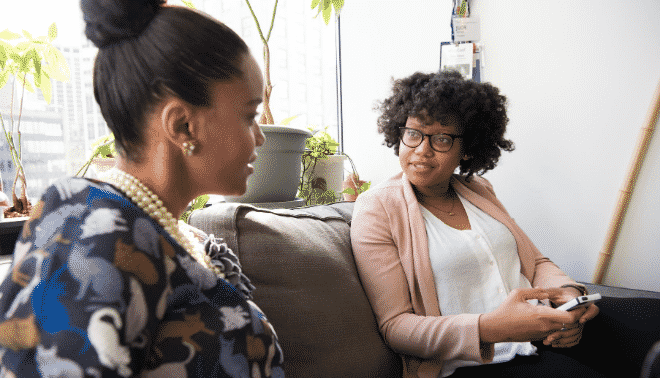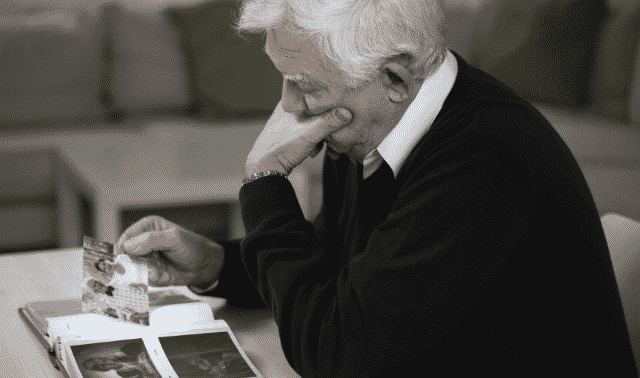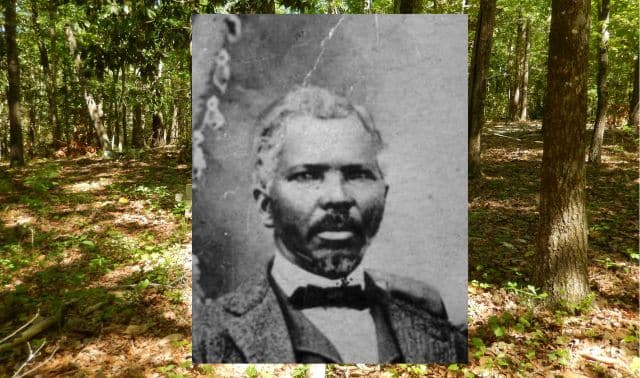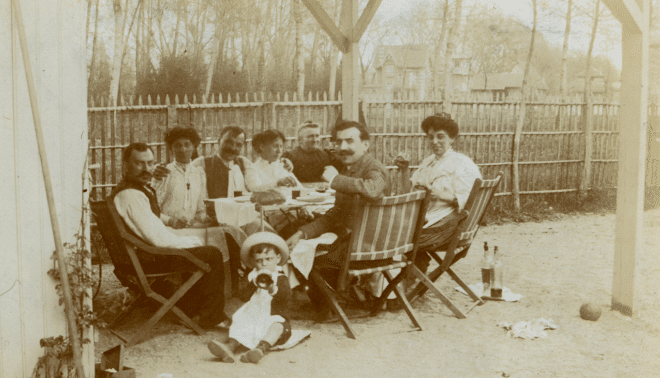Sign up for the Family Tree Newsletter! Plus, you’ll receive our 10 Essential Genealogy Research Forms PDF as a special thank you.
Get Your Free Genealogy Forms
"*" indicates required fields
New York genealogist Mary Todisco responded to a post on a surname message board. To her delight, the gentleman who posted was a cousin. The two exchanged research—Todisco’s was thorough; her cousin’s was bare-bones.
Two months later, a woman looking for the same family posted on the board. Todisco replied, noting their common ancestor lived in the 1700s. “What I got in return was a curt ‘I don’t feel our families are linked,’ and then she proceeded to tell me she’d been in contact with someone who’d done extensive research. Guess who it turned out to be?” The cousin had forwarded Todisco’s research, claiming it was his own.
After some thought, Todisco told the woman what had happened, but was met with disbelief. Months later, the woman wrote to apologize. She’d noticed the perpetrator had neglected to remove Todisco’s email address and the “sent” date from his message.
Few would dispute the internet’s role in facilitating genealogy research. But is it too easy to copy facts from the Web and plunk them into your tree without acknowledging—or verifying—sources? Our advice will help you protect your tree and be a conscientious genealogist.
A Whole New World of Genealogy Research
Bad behavior happens all over the Internet, not just on genealogy sites. “Partly as a result of forgetting people online are still real, and partly because they don’t know the conventions, well-meaning cybernauts, especially new ones, make all kinds of mistakes,” says Virginia Shea in Netiquette (Albion), published way back in 1994.
She compares communicating over the internet to driving a car. “[People] curse at other drivers, make obscene gestures, and behave like savages. Most of them would never act that way at work or at home. But the interposition of the machine seems to make it acceptable.”
That’s not to say genealogists often get violent or even misuse others’ research intentionally, as happened to Todisco. Rather, Family Tree Magazine readers reported their most common online pet peeves involve spreading misinformation and using others’ research without giving credit.
Double-checking facts and citing primary sources are second-nature to conscientious genealogists. New or casual searchers, though, may not understand the difference between primary and secondary sources, let alone the need to cite them.
Todisco has visited repositories to gather records on her Walton clan, who lived in New Jersey during the 1700s and 1800s. “I counted no less than 56 trees on Ancestry.com that have this family leaving New Jersey and moving to Virginia,” says Todisco. “It seems one person will post a tree with misinformation and everyone else will take it and run with it.”
Some even fail to do a basic common-sense check. “I came across a popular, free genealogy website where a person had posted a GEDCOM stating the parents of an individual were born within two years of that person,” says Bob Craycroft. “I got an email from a newfound cousin who claimed descent from this person.”
Not acknowledging those whose research you use engenders even more confusion and trivializes their efforts. “I’ve seen my material posted on many sites, quoting me exactly about making genealogy trips, only it sounds as if [the posters] are talking about themselves,” says Donna Jenkins, who had uploaded a GEDCOM to RootsWeb’s WorldConnect project. “No mention that they got the material from another researcher.”
Of course, facts—such as Great-grandpa’s birth date and his death of a heart attack at age 48—can’t be copyrighted. A collection of facts woven into stories can be, but few genealogists would take a copycat to court over their online stories. Either way, it stings when some distant cousin “harvests” what took you years to find, without so much as a thank-you.
Don’t Be ‘That’ Person
The world of online ethics is untested and admittedly murky. “Standards of behavior may be different in some areas of cyberspace,” says Shea. “But they are not lower than in real life.”
Fortunately, most genealogists say the benefits of online research outweigh the negatives. “I’ve had the most wonderful experiences I could have imagined,” says Ohio GenWeb moderator Sandra Quinn, who’s received photos and newspaper articles from people she met on the internet.
Reader Catherine Comeau worries experiences like Todisco’s and Jenkins’ will make researchers gun-shy. She considered removing her own tree from the Web because it was repeatedly copied without acknowledgement, but decided to keep it online. “My fear is that genealogists will be reluctant to share their data,” she says, “and sharing is what most of us truly enjoy.”
To avoid being an offender, get to know the culture of online genealogy before jumping in. “When you enter a domain of cyberspace that’s new to you, take a look around. Spend awhile listening to the chat or reading the archives,” Shea advises.
Most genealogists don’t mind when you use their research, but they do want the credit. Always attribute information you find online, just as you would from a book or magazine. Link to the site it came from or thank the researcher who sent you a tree. Offer compensation for copies and postage, and be willing to share what you know.
Worried about sending your hard-won research to a stranger? Start slowly by responding to questions, rather than sending all your files. Google the person (on a message board, view the posting history) to see if he or she makes reasonable genealogical claims and seems willing to credit others.
And remember the benefits of sharing. “I continue to reach out to others,” says Todisco. “When I began, I didn’t even know my great-grandmother’s name. If it wasn’t for someone’s help, I’d probably still be looking.”
Versions of this article appeared in the July 2008 and January/February 2025 issues of Family Tree Magazine.
Related Reads









